Addis Ababa is very commonly known as the political capital of Africa because of all its historical, diplomatic and political past and rightly so.
This city, which is the Ethiopian capital also formed a state within its territorial organization, giving this town a special independence.
In its way, and with all the characteristics that Ethiopia had in African colonial history, Addis Ababa is a unique melting pot, with over 80 nationalities and where live important communities of Christians, Muslims and Jews.
It is a city full of contrasts and thriving neighbors who live in the old Abyssinia seeking opportunities in the capital, and diplomats from many countries, paradoxically also coming to this city for the same reason.
Addis Ababa is the headquarters of the African Union Commission, its executive and administrative arm, the equivalent of the European Commission.
In 1936, 32 African countries that had so far achieved independence established the Organization of African Unity in Addis Ababa, but gradually were adding countries to what is now known as African Union (AU).
Currently the AU is a continental union that includes 54 African countries. Morocco is the only country that for political differences over the Sahara conflict is not part of the organization.
This contemporary version of the organization maintains its headquarters in the Ethiopian capital.
Its objectives include increasing the unity and solidarity among African people, defend the sovereignty of its member states, as well as accelerate the socio-economic integration and promote international cooperation among its member countries.
Addis Ababa, not surprinsingly, is also the headquarters of the UNECA, the Economic Commission for Africa United Nations, the executive arm of UN programs on the continent in these fields:
- Macroeconomic Policy
- Regional Integration and Trade
- Social development
- Natural resources
- Innovation and Technology
- Gender
- Governance
All these diplomatic works makes Addis Ababa an international reference among global cities in the World.
In the XXI century, this city could not remain outside the transversal development of good messages that international agencies give from their headquarters to the rest of the continent.
The challenge, therefore, has been to connect (or reconnect) the city to its citizens and to offer a public, efficient, modern and environmentally friendly transport.
The light rail of Addis Ababa is the first to be built in Sub-Saharan Africa and it could be considered as a milestone to demonstrate that this country is coming out of poverty.
The construction that lasted three years was completed with a total of 41 stations on two lines and each train has the capacity to carry 286 passengers at a time, or what is the same, 15,000 passengers for an hour, a record for a city collapsed, and it is expected that these lines are scaled according to demand citizenship.
This new transportation system helps to facilitate the life of the community. It is efficient and apart from its high capacity, it allows the coexistence of other means of transport that have traditionally been used in Addis Ababa. From the perspective of city branding, light rail is attractive to residents, travelers, tourists and other visitors and it can be a call for a greater investment of private capital.
From the point of view of development, light rail is a conductor element of other urban regeneration projects, providing a permanent and attractive infrastructure to other investments that stimulates projects and associated activities such as urban and residential renovation, commercial development in areas that were previously inaccessible and it gives a positive message to all stakeholders, that are the neighbors and the public and private companies.
Moreover, as we are talking about an electric transport, it is also presented as one of the more sustainable modes of transport, at a time when all the world’s cities have equally the challenge of climate change in their long-term strategies.
Possibly it is a small gesture that helps the urban identity of Addis Ababa, but we are confident that in the short term it will improve the life quality of its neighbors, and therefore we should continue putting in place such projects in countries in development where most of the population that are seeking improvement opportunities are concentrated. When we speak of progress we can not leave anyone lying on the platform.
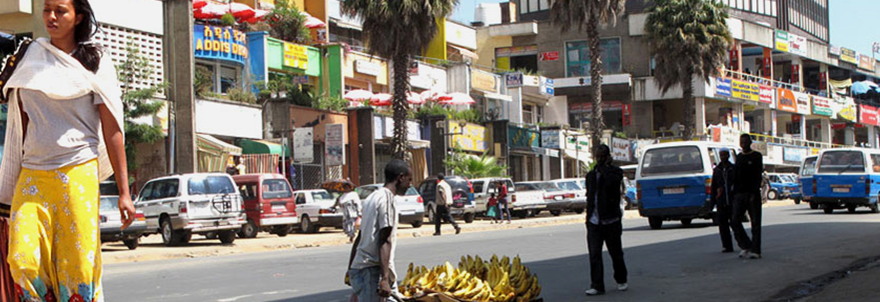
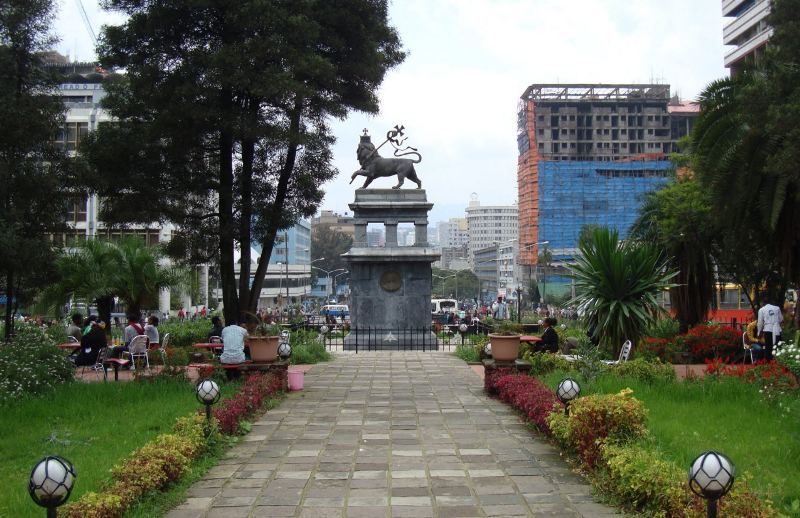
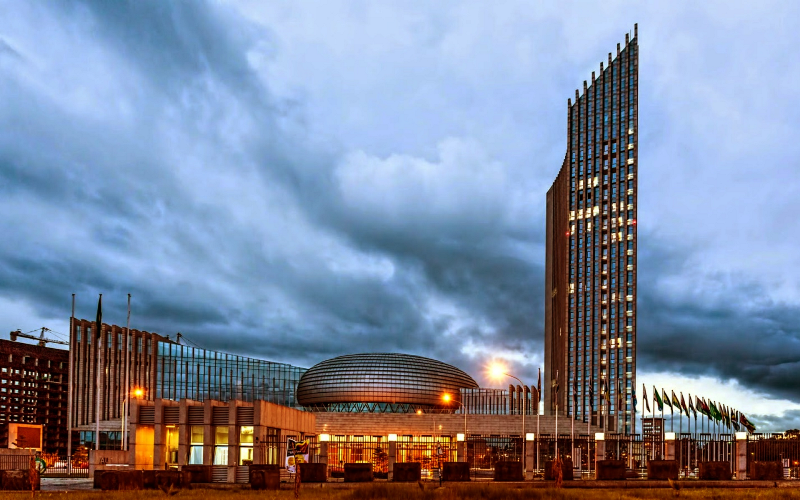
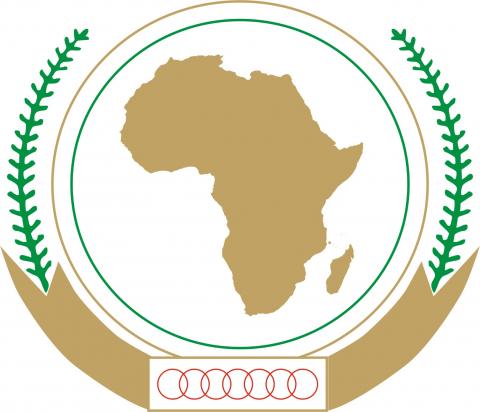
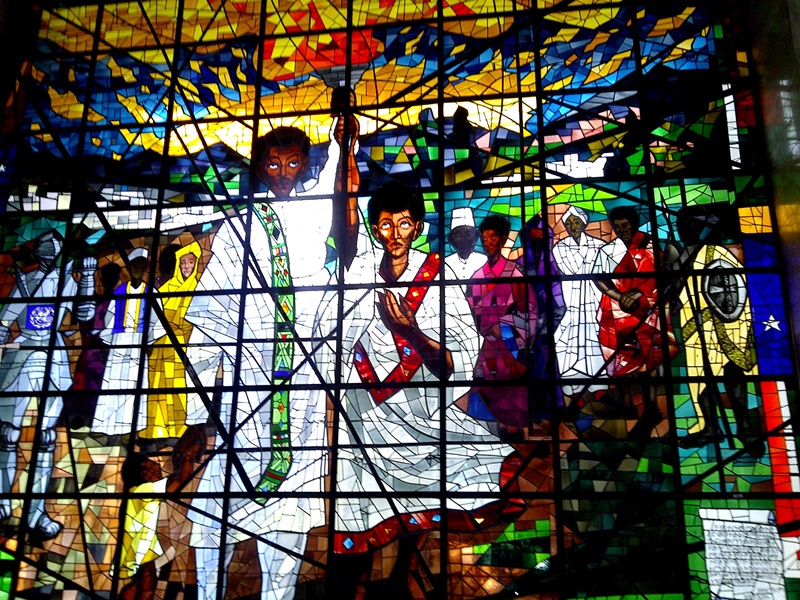
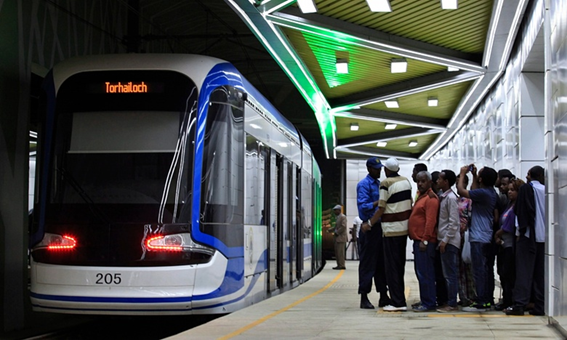
The best city of Africa!!